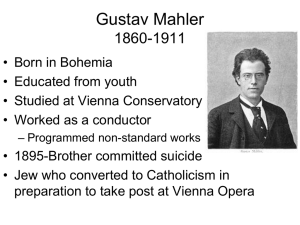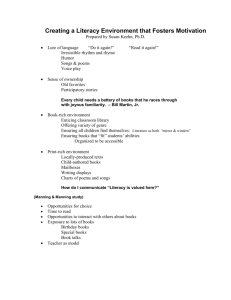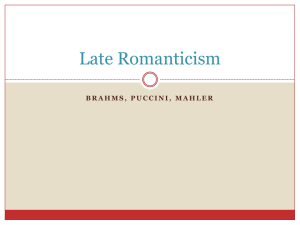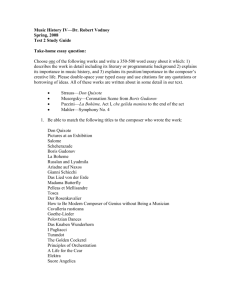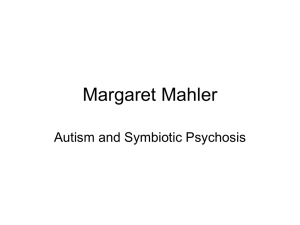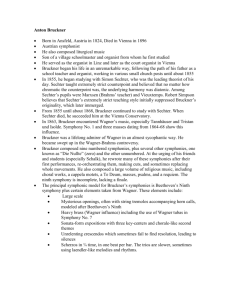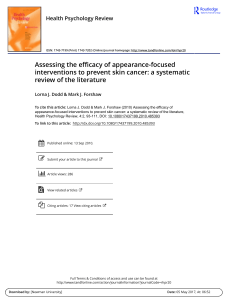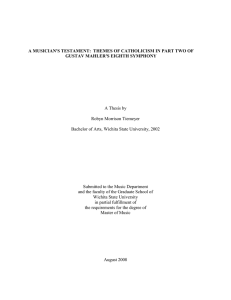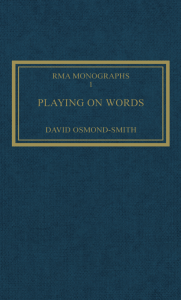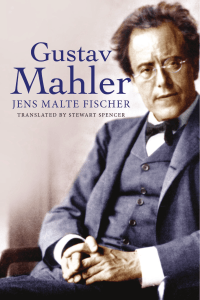Late Romantics ‐ Gustav Mahler “The Scream” by Edvard Munch, 1893
advertisement
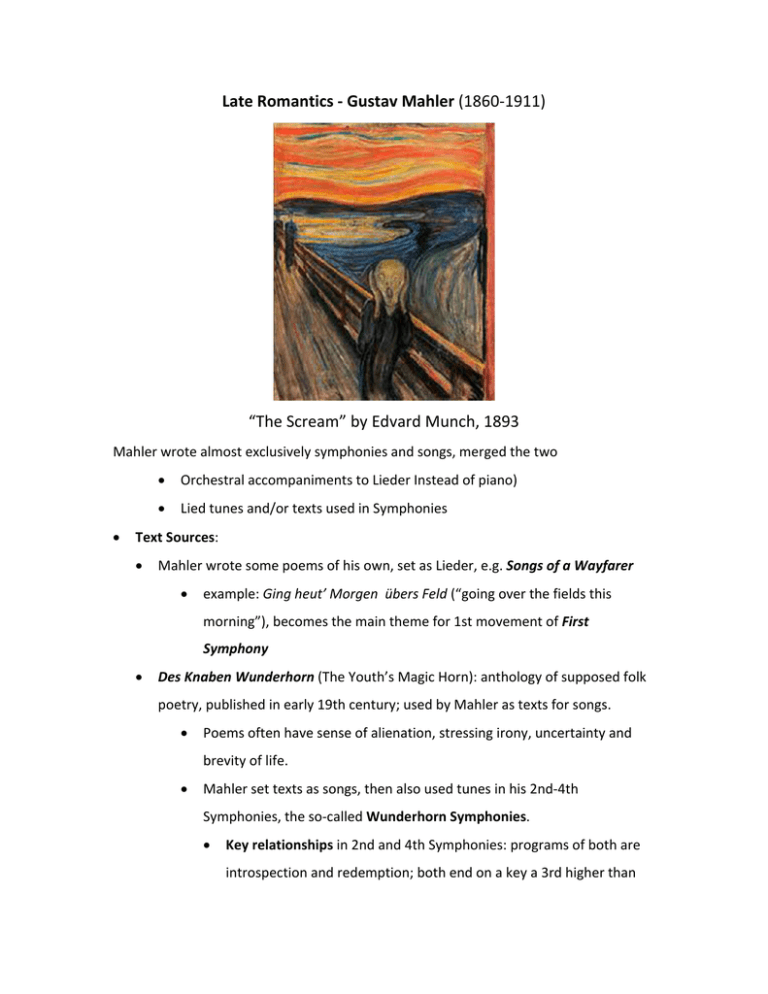
Late Romantics ‐ Gustav Mahler (1860‐1911) “The Scream” by Edvard Munch, 1893 Mahler wrote almost exclusively symphonies and songs, merged the two Orchestral accompaniments to Lieder Instead of piano) Lied tunes and/or texts used in Symphonies Text Sources: Mahler wrote some poems of his own, set as Lieder, e.g. Songs of a Wayfarer example: Ging heut’ Morgen übers Feld (“going over the fields this morning”), becomes the main theme for 1st movement of First Symphony Des Knaben Wunderhorn (The Youth’s Magic Horn): anthology of supposed folk poetry, published in early 19th century; used by Mahler as texts for songs. Poems often have sense of alienation, stressing irony, uncertainty and brevity of life. Mahler set texts as songs, then also used tunes in his 2nd‐4th Symphonies, the so‐called Wunderhorn Symphonies. Key relationships in 2nd and 4th Symphonies: programs of both are introspection and redemption; both end on a key a 3rd higher than beginning (2nd starts in C minor, ends E‐flat Major): symbolic of death and resurrection; also homage to Wagner’s concept of pitch change with programmatic/narrative implication Other Text Sources: emphasize unattainability, e.g. Chinesiches Flöte (Chinese Flute, 1907), collection of loosely‐translated Chinese poems (tr. Hans Bethge). The themes are very romantic: world sorrow, forces of nature, alienation, loneliness, resolution through death Mahler used these poems in Das Lied von der Erde (Song of the Earth 1908‐ 9), an orchestral song cycle Lots of pentatonic scale including minor pentatonic Almost constant juxtaposition of major and minor throughout piece Ending of Finale is important: will be copied by others. Harmony is static: tonic chord with added 2 and 6; singer repeats descending 3‐2 pattern which never resolves to tonic; flute plays 3‐5‐6‐7 repeatedly, ending with 3‐5‐6; this is text painting because text is “forever (ewig);” used as a way to portray eternity (ultimate endless melody). Das Lied von der Erde is a mix of romanticism and exoticism, but also shows signs of expressionism (culmination of Romantic movement?): art movement around WW I aimed at free expression of artist’s emotional reactions, rather than representations of natural appearance of objects. Concentrates on dark emotions (alienation, irony, and more hysterical emotions than that). Analogy: things look worse at 4AM than by daylight. Example Munch’s The Scream
